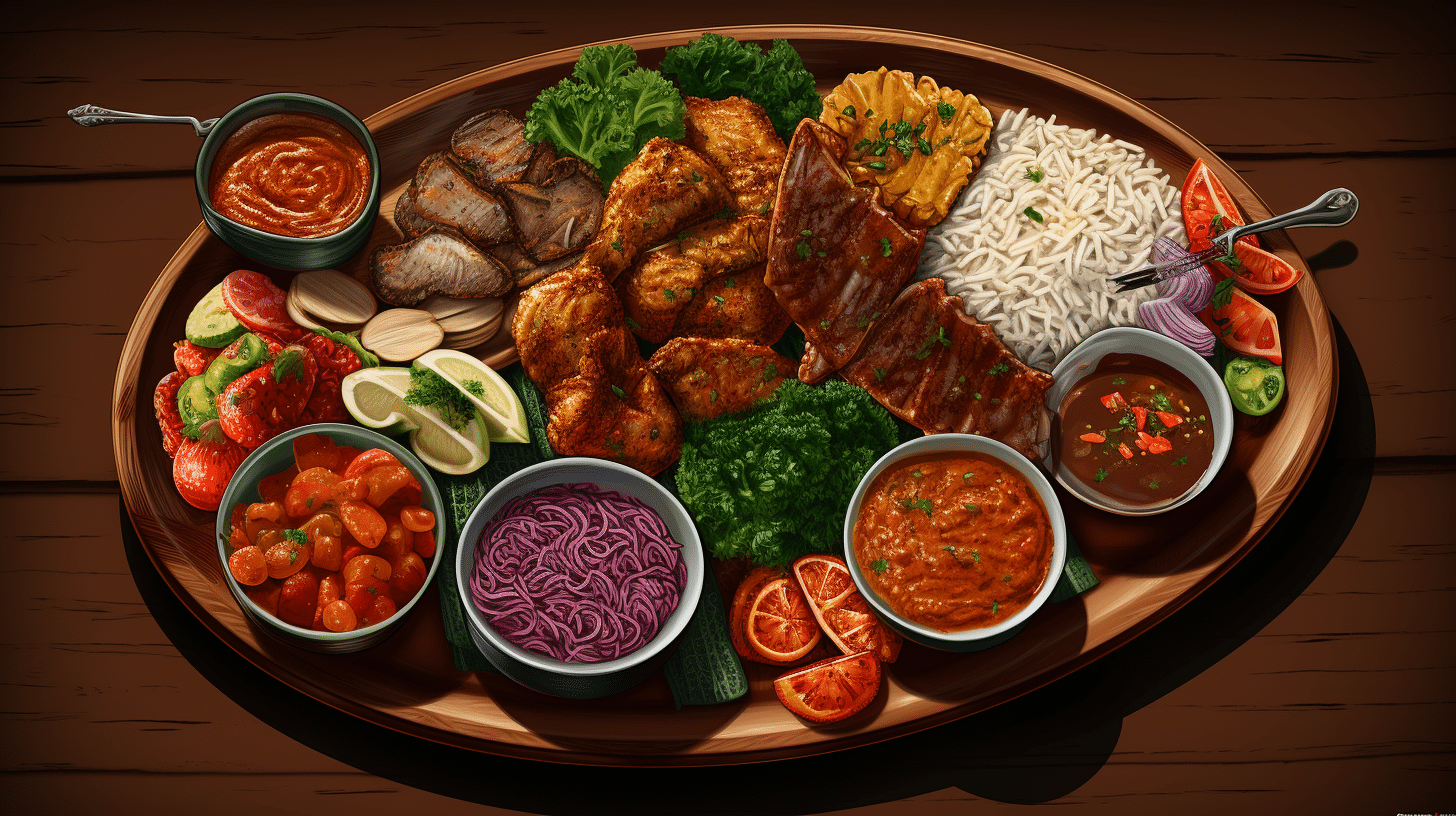As a great tourist destination for foreigners, Kenya offers a diverse collection of food that gives visitors an exciting experience of unique africa cuisine. Below is a list of the most common Kenyan delicacies:
Pilau
This is a typical meal of the coastal communities. It is usually a type of spiced rice dishes. The delicacy is a popular meal among Arabs and Indians who have resided along the coastal region for centuries.
Nyama
This is usually beef, but also means goat meat, mutton or pork. It may be roast/grilled, fried or bolied. It is mainly prepared with other ingredients such as onions and tomatoes to be served as a great stew.
Ingokho/kuku
This refers to chicken meat. Traditionally, the delicacy was a reserve of the Western people of Kenya, mainly the luhya community. Presently, ingokho has become a common delicacy in all regions of Kenya.
Ugali
Presently, ugali is the staple food in Kenya. In the past, this was usually a popular meal for the Luhya comunity of Western Kenya. It is taken along common stews including the famous ingokho and specially prepared vegetables.
Githeri
Githeri refers to a mixture of cooked maize and beans. It is a precious for Central Kenya communities, especially the Kikuyu community.
Roasted Maize
Roasted maize is a common delicacy. For travellers, this is a common meal that can be bought easily at market centres along major roads. It is most popular in Western and Rift Valley regions where maize farming is a major agricultural activity.
Other common delicacies in Kenya include:
-
Chapati
-
Mandazi
-
Ground nuts
-
Sukuma wiki (collard greens/kales)



0 comments